Wedding photographers have a few wide-spread fears, like missing the kiss or tripping mid-ceremony. Last week, I had a nightmare that I had to shoot a wedding with my iPhone.
But many wedding photographers often have one fear that has nothing to do with photography. It’s about turning a passion into a business: asking for money and setting those wedding photography prices.
But wedding photography is valuable, and you need to set a value for your work. If you can’t garner up the guts to charge for your photos, you can’t make a living as a professional photographer.
How much should a wedding photographer charge for a wedding? The answer will depend on a lot of factors.
Your region, gear, travel expenses and extra services influence your prices. We discuss these in details in our list below.
The average cost of a wedding photographer is around $2000 in the US. In general, wedding photographer prices range between $1150 and $3000. Wedding photographers in big cities tend to charge higher prices than the ones in other areas.
In the UK, wedding photographers’ average cost is around £1,590. This is almost the same price as in the US. Meanwhile, in Eastern European countries, wedding photographer prices are lower. The average cost of a wedding photographer is between $900 and $1130.
Why are we listing these rates? To give you a general idea about the prices wedding photographers ask for. And to make you realize that the worth of your wedding photos can vary.
Not sure where to start? Here are 13 tips to help you to determine how much to charge for wedding photography.
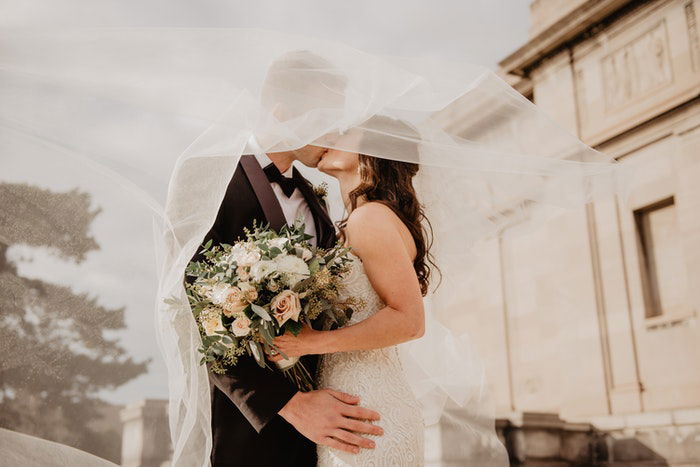
Understanding your purpose and what you hope to achieve helps you make the best decision for your business. And it helps you measure just how well you’re doing at meeting that goal.
Start your wedding photography pricing by determining the goals of your business. Maybe you have no intention of quitting your day job. But you want to have a secondary source of income doing something you enjoy. Maybe you want to photograph weddings full time. Or maybe you want to photograph weddings along with portraits and other events.
The more specific you are with your goals, the easier they are to measure. There’s nothing quite like that feeling of realizing you’ve met, or even exceeded, a goal.
These goals can also change over time too. For example, in my first year photographing weddings, my goal was to save enough to have a robust gear kit. I still had a 9-5 job paying my bills. Setting concrete goals helps you keep the big picture in mind as you set your prices.
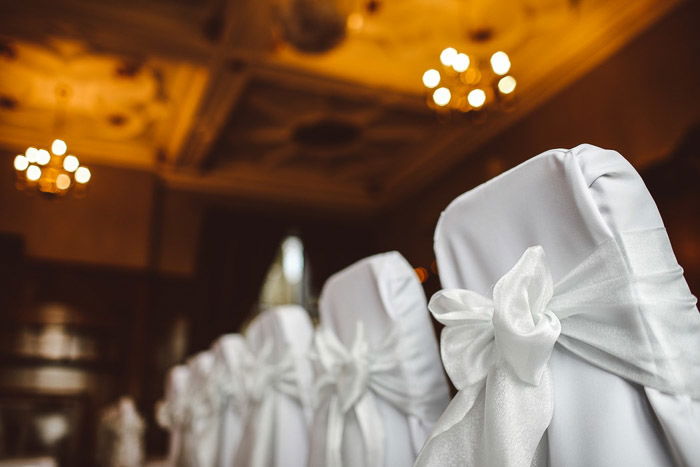
Imagine you need a new smartphone. One option is $500, the other is $800. Which smartphone is better? Most will answer that the more expensive one is better. When you set wedding photography prices, you are also setting your value.
In general, brides and grooms will assume the more expensive photographer is the better one. Sure, there are couples on a tight budget looking for good value. But setting prices too low will give you a brand identity similar to the cheap smartphone brands.
That doesn’t mean you should set your prices crazy high and be done with it, however. You need to balance out your value with your geographic location, the quality of work in your portfolio and your brand. But you do need to understand the value in your own work before you ever try to put a number on it.
The price list you set will also reflect your brand. If you set low prices, your brand will be a budget brand. High prices, a luxury brand.
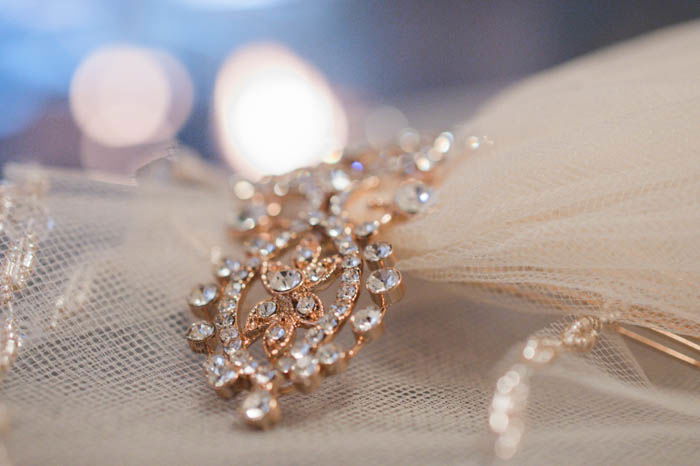
Measuring the value of a wedding photograph is tough. The wedding photos will decorate the walls of the family’s house for decades. Their emotional value is priceless.
But you need to charge your clients somehow. To guide your decisions, estimate how much time you’ll invest in each wedding.
Yes, you’ll spend several hours actually photographing the wedding. But many new photographers don’t realise how much more time is involved than just that actual wedding day. If you charge $1,000, you’re not earning $1,000 in a single day.
When estimating the amount of work, in addition to the hours spent shooting, don’t forget to include:
Wedding photography doesn’t end up being a single day’s work once you put everything together. The answer varies a bit from photographer to photographer. For me, a full wedding package is closer to 30-40 hours of work than the 10 spent on the actual wedding day.
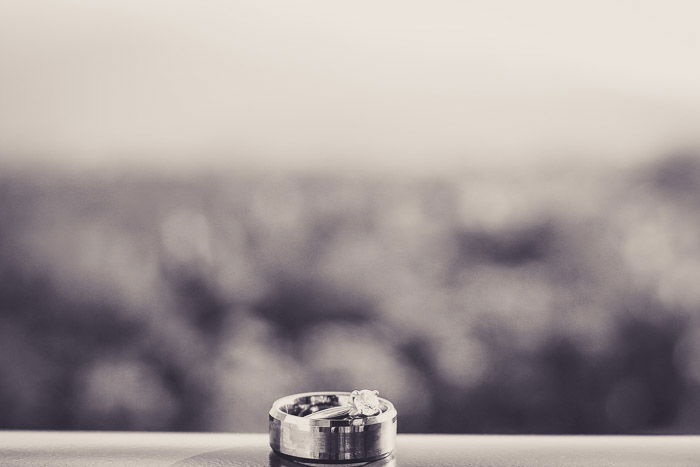
Photographers working in New York City don’t charge the same as photographers working in small towns. Use a wedding cost calculator to estimate the amount of money couples in your area spend on a wedding.
Working in a rural area, the average cost of weddings in my area is around $15-$20k. The average wedding photographer in my area costs about ten per cent of that. But, the average cost of a wedding in a large city such as New York is twice that, which means a photographer’s price lists will vary based on where they work.
With that in mind, the photographer is often the fourth most expensive wedding item. The reception takes up a big chunk, followed by the rings, reception band and photographer, according to Value Penguin.
I’m not saying that you should set your price at the average cost. After all, the average means that some pay more and some pay less. But you should understand the area average. You should factor that information in with the other aspects to setting the price, like the time spent, your experience and your brand.
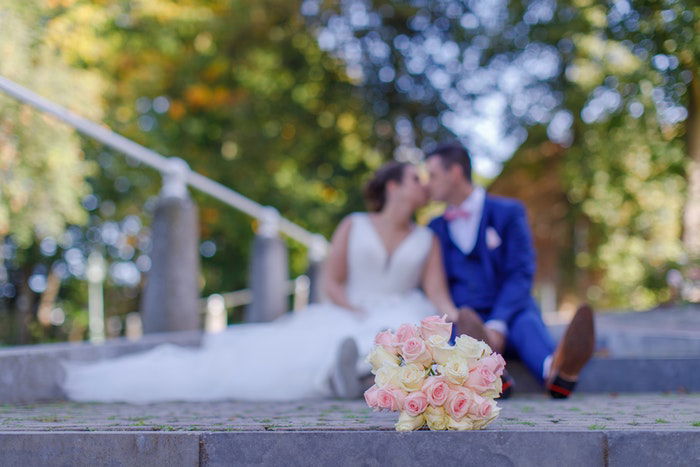
Time isn’t the only thing wedding photographers invest in a wedding. Don’t forget to leave room in your pricing for photo gear and other expenses. Even if you already own and lenses, camera bodies age. In a few years, that camera body won’t be so new anymore.
You may want a better lens, may break a lens or need to service your gear just for upkeep.
Along with budgeting for gear updates and repairs, consider the other costs of running a business, such as:

Along with determining how much to charge, wedding photographers will also have to determine how to charge it. There are two popular options. The full, all-inclusive packages or to have clients pick and choose what they want a la carte.
Packages are simpler for both the photographer and the bride and groom. Couples just pick the option that suits them and the process of choosing only involves one choice, not several.
For the wedding photographer, it’s easier to mark a single package on the wedding photography contract and other paperwork. It’s also easier to remember package prices and options without looking at a price sheet.
While packages are simpler, a la carte has its perks too. If there’s something in your packages a couple doesn’t want, that could leave them feeling like they are paying for something they don’t even want. A la carte wedding photography prices help couples pick exactly what they want.
I use a sort of hybrid mix between the two. I offer three wedding photography packages. But I do have a list of add-ons that allow couples to expand their packages.
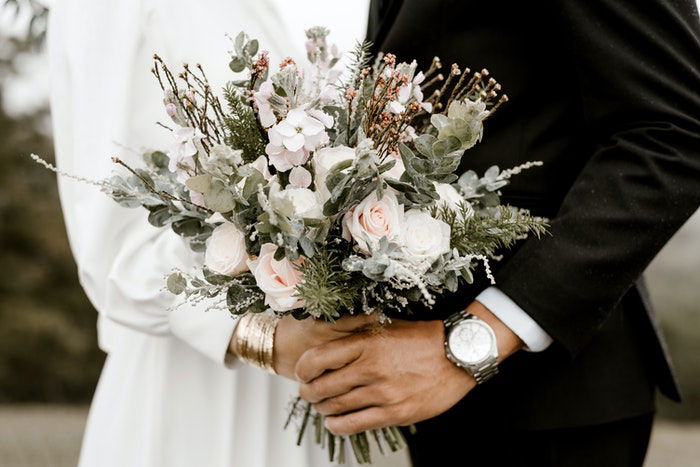
Do your clients know exactly what they are getting and what they will pay for it? One couple recently ruined a photographer’s business by claiming she was holding the photos “hostage” until they paid a $150 fee for the album. The photographer won the lawsuit because the fee was in her contract.
The lesson here? Include absolutely every fee in the contract. But you should also be sure to go over each fee. If there’s more than one package fee, highlight it in case the couple skimmed through the legalese of the wedding contract.
List everything that’s included in the contract, even if it’s something small. Make sure to state whether or not digital files and reprint rights are included as well.
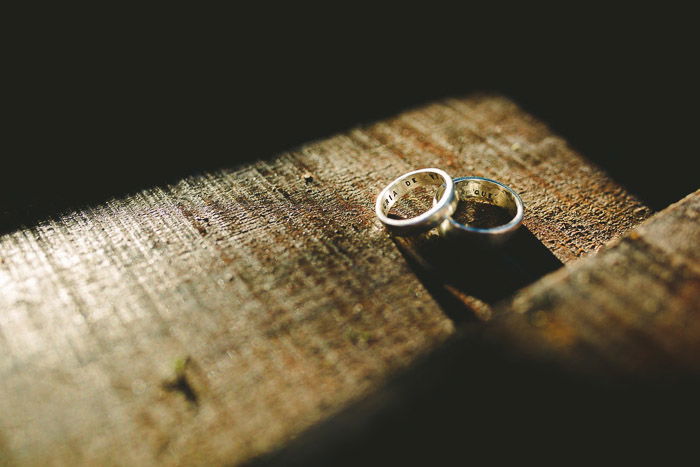
When you set your prices, you should also set a deposit amount and a due date for the payments. Failing to set a deposit means a couple may back out at the last minute, leaving you missing out on a date that you could have filled with another wedding. A deposit is usually a percentage of the total due or a fixed dollar amount.
Set a deposit amount that covers any time you’ve invested already in meeting with the client and setting up the paperwork. Find a balance. Set a deposit that’s high enough to discourage cancellations and one that you’re comfortable with keeping if a couple calls off the wedding.
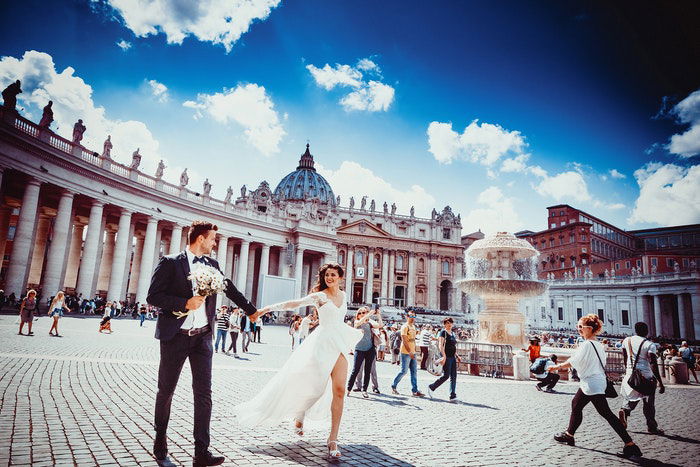
Every wedding is different. So why should wedding packages all be identical? Offering multiple options helps couples find the option that fits their needs best. And it keeps things fair for the wedding photographer.
Offering different packages allows the couple with the 20-minute backyard wedding to choose a different option than the couple with the huge ceremony and big reception.
Price the different options based both on the time involved and the products delivered at the end. For example, I have a budget ceremony-only package, a full wedding package, and a full wedding with an album and a large canvas for the wall.
Engaged couples have roughly a zillion (to be mathematically correct) decisions to make while planning a wedding. Don’t make choosing a wedding photographer one of the overwhelming ones.
When setting your prices, keep things as simple as possible. Find a balance to offer choices to fit different couples. Try not to overwhelm couples with too many decisions.
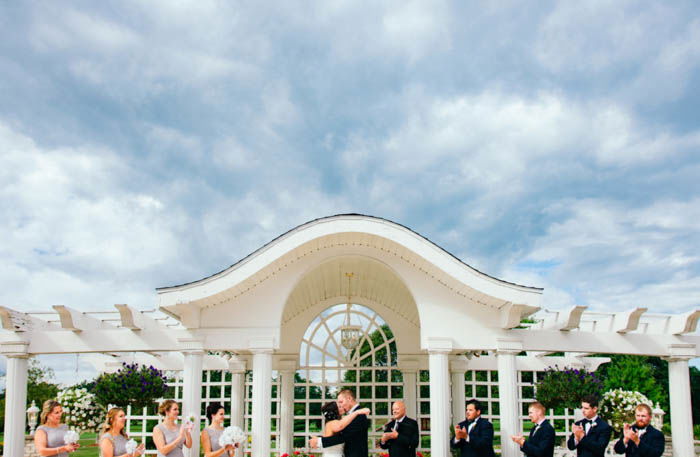
Engagement photos aren’t part of the wedding day but they can be a big help in the process. Shooting the engagement photos allows you to meet the couple ahead of time. And you learn more about how they interact with each other and what poses work for them.
For the couple, the engagement session helps them feel more comfortable in front of the camera and get to know you and your style.
Because engagement sessions are so helpful, some photographers include them in some of their packages (or as an a la carte option). By including the engagement photos in the price, more couples will take advantage of the chance to work with you before the actual wedding day.
The experience of working with the same couple is beneficial for most photographers. And the extra shooting is a huge boost to new wedding photographers that may need more practice working with posing or lighting.
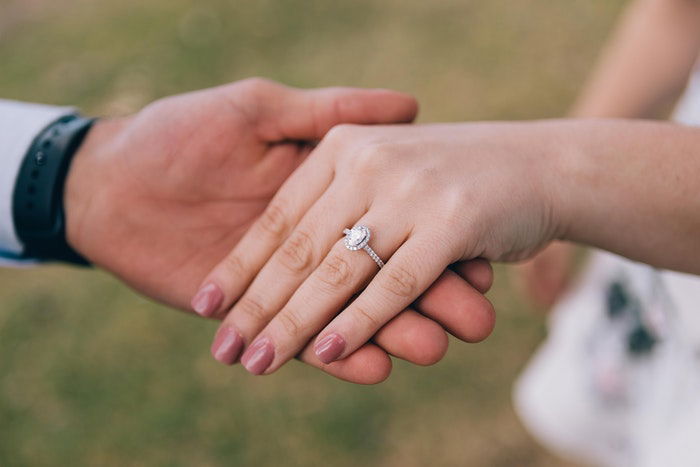
Included engagements and free engagements mean the same thing. But the words evoke very different feelings in potential clients.
What do you think of when you think of the word free? Bargain, yes, but also cheap. Using words like “free” degrades the value potential clients associate with your work.
Avoid free and other similar words when you write out your price sheet. In fact, keep the language minimal. By the time potential clients see your price sheet, they’ve probably already seen your photos and got an idea of what you offer.
Adding too many adjectives to the price sheet actually takes away from the perceived value rather than adding to it.
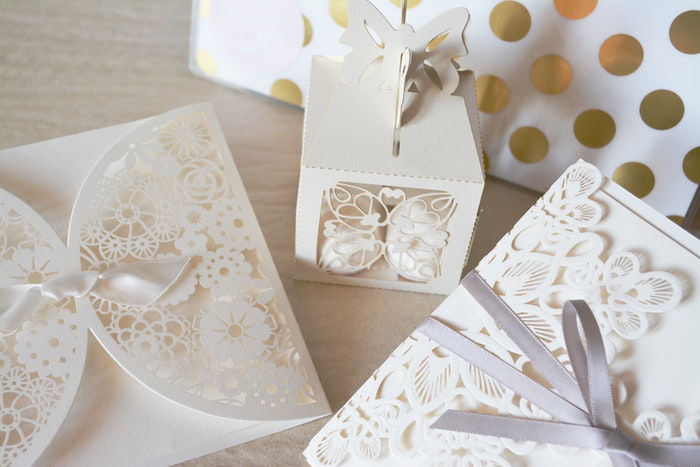
Pricing isn’t a once-and-done kind of deal. As your business grows, revisit your pricing. What’s working and what’s not? What packages do most of your bride and groom select? Do couples often ask for an option that you currently don’t have?
As your business grows, wedding photography prices shouldn’t stay stagnant. As you gain more experience, hone your style and offer more value, revisit that price list and make adjustments.
Don’t keep beginner’s prices when you are already a professional photographer. Try revisiting your prices every year during the slow season. Or decide to adjust prices every time you book a certain number of weddings.
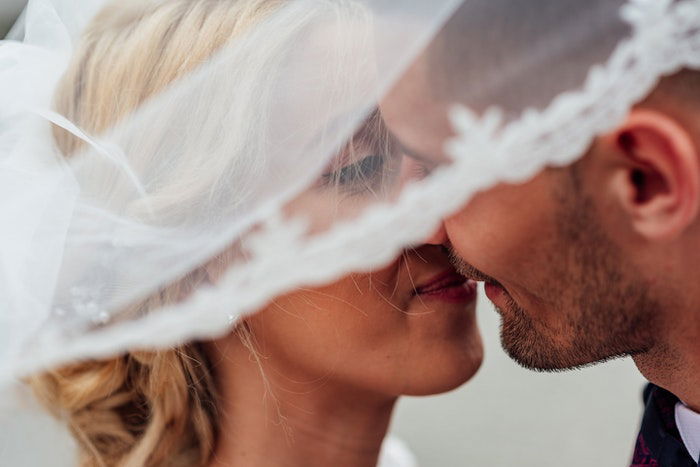
Setting wedding photography pricing is a daunting task. Photographers need to find a balance between going so low the perceived value is jeopardised and so high that there are no bookings in the calendar.
Incorporate these wedding photography pricing tips as you find that balance.
For more great wedding photography ideas, why not check out our post on making a wedding photo booth or tips on wedding photo lighting. For more business know-how, read our eBook – Profit from Portraits!